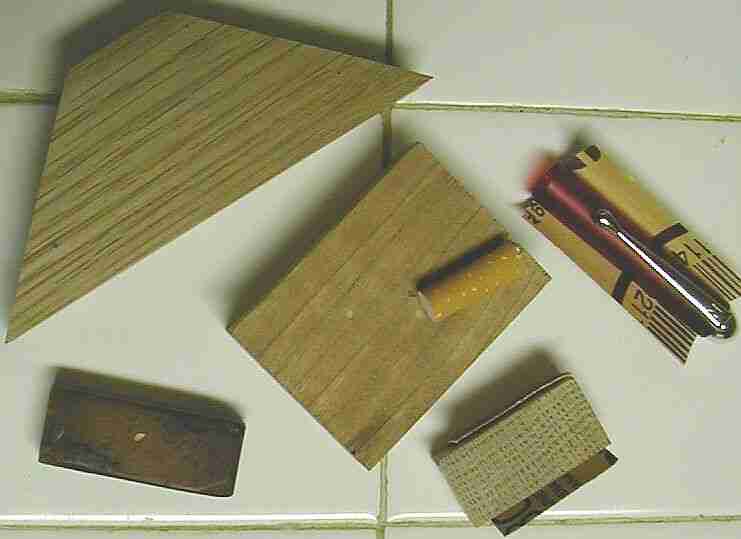Use a Sanding Block
It is most important to retain the specific shape of the wood; the lines, curves, sharp edges, etc. Except for some difficult areas such as tang area a sanding block must be used. I like rectangular gum erasers for this. I cut the paper into about 1 1/2 inch X 2 inch pieces and place it to bottom and both sides of the eraser (sanding block). The paper is held to the block by finger pressure. The use of a sanding block helps ensure unwanted dips or valleys are not cut into the wood and that sharp edges such as those found on cheek piece, butt end, top of barrel channel, etc. are not rounded. Except on small curved areas such as pistol grip and cheek piece drop using fingers alone as a sanding block will cause ripples and rounded edges on your otherwise beautiful work and the higher the finish the more it will show. For small curved areas a pliable material, such as a flat piece of rubber or a spongy material, can be used as a backing for the paper. Always, wherever permissable, use a sanding block. The choice of material and size depends on your preference and area of stock being worked.

Just a few possible sanding blocks. Wood, gum or plastic eraser, ink pen cap and even a cigarette filter can be used were applicable.